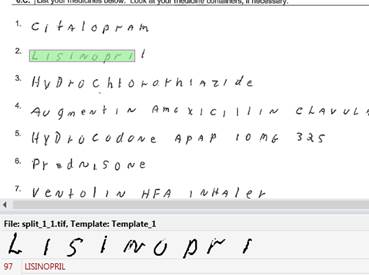A recent IDC Health Insights Survey reveals that there is a lot of dissatisfaction with electronic health records by healthcare providers.
While many HER/EMR solutions providers tout improved access and efficiencies through the management of healthcare-related information and processes, it shouldn’t come as a big surprise that there is dissatisfaction with the current state. Why? Because healthcare involves a lot of different stakeholders and a lot of different data recording activities; activities that are currently supported through handwritten information.
What IS surprising is that these systems are actually lowering productivity by increasing the amount of time on documentation (85% of respondents). Actually it shouldn’t be a surprise either. I was reminded of a conversation I had with a cardiologist that was discussing the usability of his hospital’s EMR/EHR system. His primary complaint was that the information as managed and organized by this provider’s system, was just not organized in a way that leant to easy review of the entire patient record. Rather than just pull-up the file and leaf through all the charts and notes, he had to run queries and move back and forth between screens. Also he had grown accustomed to recognizing different physician’s handwriting so he could easily skim through an entire file to find exactly the data he needed. With a database-driven system that displays information as text, he lost this ability.
What EMR/EHR solutions need to bridge this usability gap is the intelligent integration of both handwritten notes and charts with basic data entry of metadata that describe the charts. With handwriting recognition, it is possible to not only identify presence of specific health data, but to extract it and automatically tag charts with metadata needed to aid with filing and searches. In this manner, physicians can run queries for specific information but also view it as it were part of a patient’s chart on a clipboard.

The technology exists today and Parascript is actively working with both private and public organizations to realize big need: increased usability and usefulness of health-related data.
Want to learn more?
